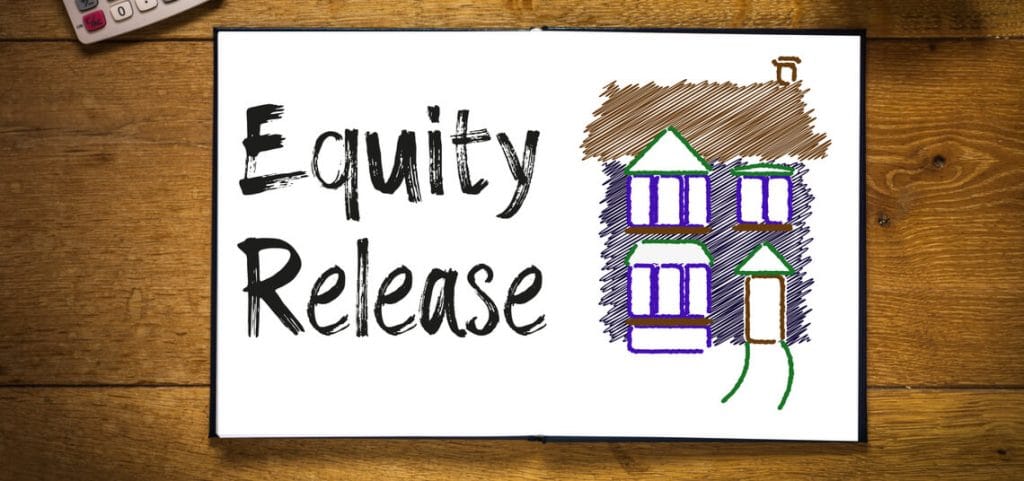In the world of residential homes, a repayment mortgage is about as standard as it comes when borrowing to fund your next move. In the buy-to-let landscape, however, it’s more common to see an interest-only mortgage being snapped up by landlords.
That’s because interest-only mortgages have lower monthly payments, as you’re only covering the cost of the interest. We’ve written about interest-only mortgages a bit more previously, but for this guide we’re looking at a repayment mortgage and whether it’s a genuine option for buy-to-let landlords.
What is a repayment mortgage?
When purchasing a residential property, most buyers opt for a repayment mortgage. It’s also the most common mortgage type on the market. Repayment mortgages are pretty simple in their makeup: you make monthly repayments for an agreed period of time until you’ve paid back both the capital and interest.
Your mortgage balance will get smaller with every repayment, and the mortgage is completely repaid at the end of the term – usually about 25 years, but it can be longer.
The beginning of your mortgage repayments mostly consist of interest, so it might seem like the balance reduces slower than you’d like. But after a while you will start paying more off the capital to decrease the amount owed. There are two primary types of repayment mortgages: fixed rate and variable. Fixed-rate locks in your interest rate for a specific period (usually between two and five years), while a variable tracks the current Bank of England base rate.
Tell me more about capital and interest?
Mortgages consist of two components: capital and interest. The capital is the amount of money you borrow. So, for example, if your mortgage amount is £165,000, then that’s also the capital.
Interest, on the other hand, is the charge from the lender on the amount you owe. Therefore, if the interest on that £165k is 1.5 per cent, you will need to pay a set amount of your balance back each month plus the interest.
Different types of mortgages
It seems like everything comes in twos as far as mortgages are concerned, including actual mortgage types. The two main mortgage offerings are repayment and interest only. Both have advantages and disadvantages.
| Advantage | Disadvantage | |
| Repayment | Pay back capital and the interest, reducing the size of your loan | Higher repayments than interest-only mortgages |
| Interest Only | Lower monthly repayments, which means more disposable rental income | Only pay back the interest, meaning you owe the full amount at the end of the loan |
Is it worth getting a repayment mortgage as a landlord?
The overwhelming majority of landlords opt for an interest-only mortgage so they can make a profit from regular rental income. Most landlords see this as a safe risk, using the potential sale of the property at the end of the mortgage term as a way to cover the capital.
However, not all landlords prefer this method. And while we can’t tell you which option is best, we do suggest that you consider your goals as a landlord. If it’s to make a regular monthly rental income from the rent while the property increases in value, an interest-only mortgage is more likely to help you achieve your goals.
But if you only care about the property growing in value and just want to make sure the mortgage payments are covered while you rent it out, then a repayment option might work for you.
Let’s look at both options in more detail:
| Mortgage details | Interest Only | Repayment |
| Purchase price | £350,000 | £350,000 |
| Amount borrowed | £200,000 | £200,000 |
| Deposit | £100,000 | £100,000 |
| Interest rate | 1.55% | 1.55% |
| Length | 25 years | 25 years |
| Mortgage payments | £323 | £1,006 |
| Rental income | £1,300 per month | £1,300 per month |
| Amount left after mortgage deduction | £977 | £294 |
What are the current mortgage interest rates in the UK?
Currently the Bank of England base rate (BOE) is 0.01 per cent, which is the lowest it has been in history. Even if it were to increase, it would only go up marginally. It really is very low. But what does that mean for you?
Well, when lenders set their own rates, they use the BOE as a marker. Therefore, mortgage rates – both interest only and repayment – are currently on the lower end of the scale. So if you’re a buy-to-let landlord, you could potentially find a lower-rate mortgage for your investment.
Repay all the way
A repayment mortgage sees you paying both the capital and the interest. In the world of buy-to-let, they aren’t as common as interest-only mortgages but do still exist. The option you choose is the one that suits your needs as a landlord best. And if you happen to be looking for the latter, why not head over to our products page and see our range of interest-only mortgages for individuals, companies and HMOs? You might just find a mortgage to fund your next buy to let.



